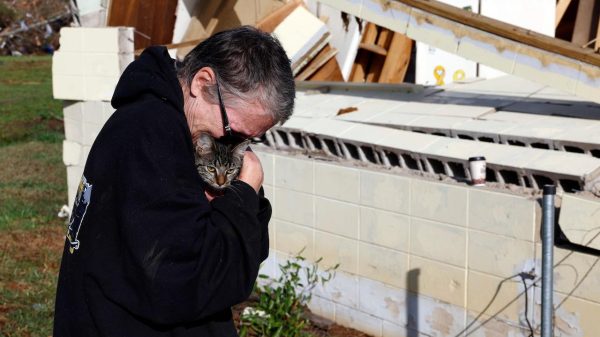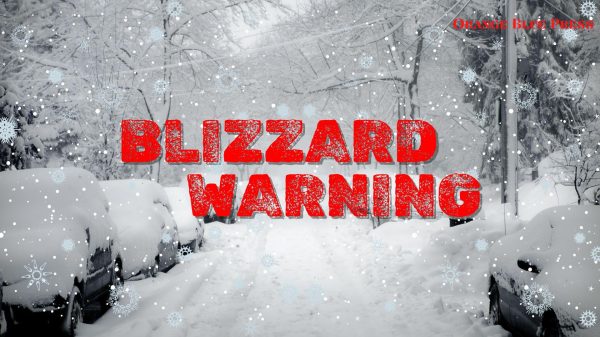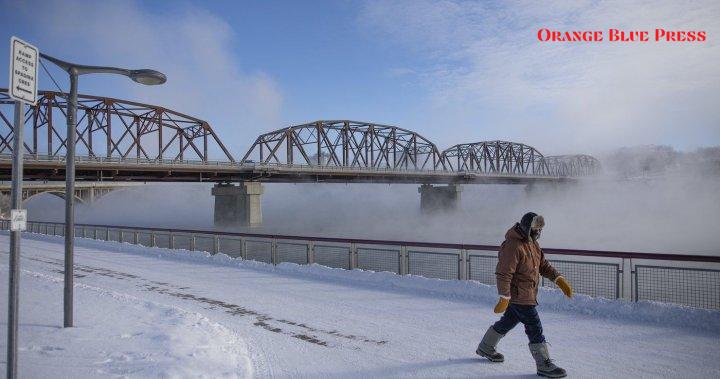Across Canada, a powerful wave of Arctic air has triggered extreme cold warnings from the Prairies all the way to parts of Ontario and Quebec. Environment Canada made this announcement on Saturday, urging residents to take precautions as temperatures are expected to plunge significantly over the coming days.

Understanding the Current Cold Snap
Extreme cold warnings are serious and come with some quite alarming forecasts. According to meteorologists, wind chills in areas like northeastern Alberta, Saskatchewan, and Manitoba could drop below -40°C. In these regions, the biting cold can create dangerous situations for anyone caught outside without proper gear. Senior meteorologist Chris Stammers has confirmed that this frigid weather isn’t just a momentary chill; it is expected to last several days. This is a good time for everyone to remember that staying warm is essential!
The Impact on Daily Life
Imagine stepping outside when it feels colder than the freezer at your local grocery store. With temperatures around -30°C projected until Monday, daily life will feel quite different. People are advised to limit time outdoors and dress in layers if they have to go outside. Safety is the top priority in this extreme weather. It’s not just about feeling cold; frostbite can occur on exposed skin in a matter of minutes, as warned by Environment Canada. Just think of how quickly your nose might feel tingly and numbed—now multiply that feeling with even lower temperatures.
Where the Cold Will Hit Hardest
The Arctic air is making its way through many provinces, but its effects will vary. Here’s a snapshot of what to expect:
| Region | Temperature Forecast | Expected Duration |
|---|---|---|
| Northeastern Alberta | -40°C or lower | Several days |
| Saskatchewan | -30°C | Until Monday |
| Manitoba | -30°C | Until Tuesday |
| Southern Ontario | -12°C to -20°C | Potentially until Friday |
| Parts of Quebec | Below -20°C | Until Wednesday |
Health Risks and Precautions
With such dangerously low temperatures, it’s important to understand the health risks. David Rodgers, another meteorologist from Environment Canada, emphasizes how rare such severe cold is, especially in Ontario. The rare nature of this weather brings with it real dangers, such as frostbite. To remain safe, people are encouraged to stay indoors as much as possible or, if they have to venture outside, to make sure to wear a warm coat, hats, gloves, and boots. It’s always better to be overly cautious during times like this.
What We Can Do
This is a good moment for everyone to check on their friends, family, and neighbors. Make sure everyone is staying warm and safe! If you have elderly loved ones or anyone who might struggle with the cold, reach out and see if they need help. We can all take steps to support each other through this chilly weather.
Looking Ahead
While there is light at the end of the tunnel, as Saskatchewan could see a slight warming trend on Tuesday, it’s crucial to remain vigilant. The cold will start to ease gradually after mid-week, but for now, the focus should be on staying safe and warm. Keep an eye on local forecasts and heed any warnings from Environment Canada. Winter is beautiful, but it can also be harsh—let’s respect the power of nature while taking care of each other.




















